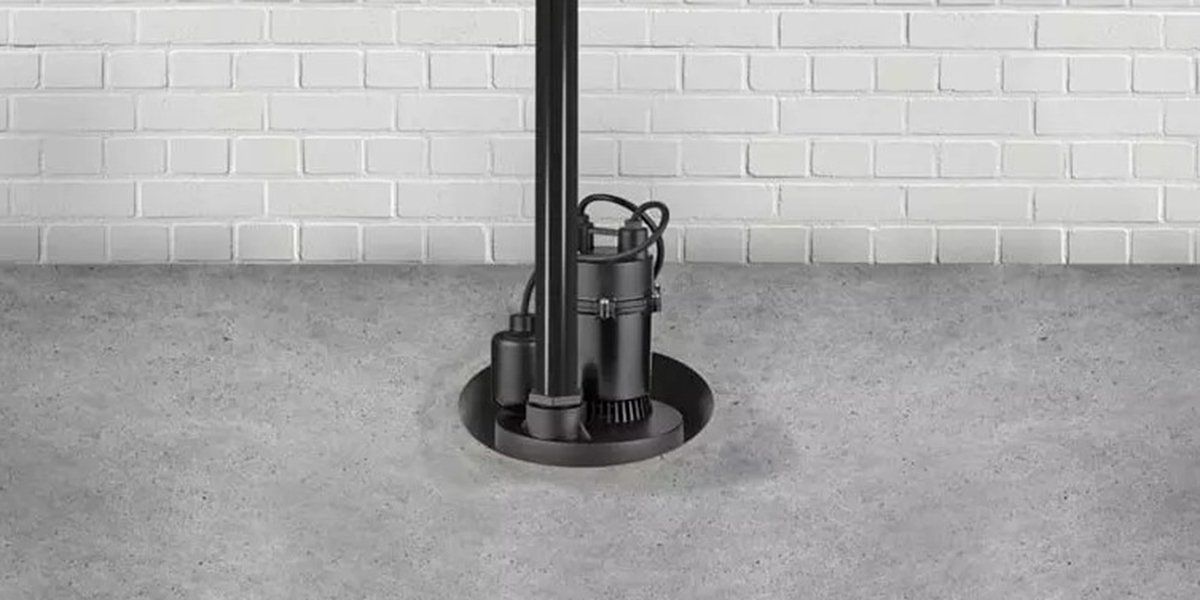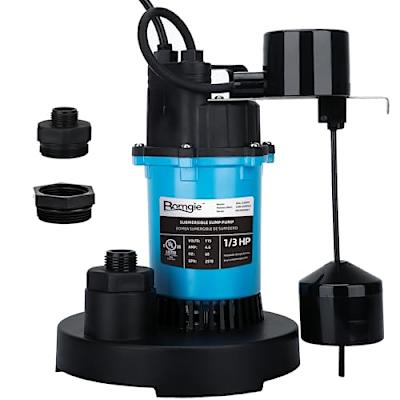Proven Methods for Cleaning a Sump Pump
Proven Methods for Cleaning a Sump Pump
Blog Article
This article which follows on the subject of Cleaning & Maintenance Tips for Your Home's Sump Pump is without a doubt captivating. Read it for your own benefit and figure out what you think about it.

Sump pumps are crucial parts in several homes, especially in locations prone to flooding or extreme dampness. They assist stop water damage by successfully eliminating excess water from cellars or crawl spaces. Nonetheless, like any other home appliance, sump pumps need routine upkeep to ensure they work properly when required the most. Cleansing your sump pump is a vital part of its upkeep, and comprehending just how to do it correctly can save you from expensive repair services and potential disasters.
Introduction
Keeping a clean sump pump is important for its proper performance and durability. Overlooking this vital job can result in clogs, breakdowns, and inevitably, water damage to your home. For that reason, learning just how to clean up a sump pump is vital for house owners that rely on these gadgets to keep their basements dry and safeguarded.
Understanding the Sump Pump
Prior to diving right into the cleaning procedure, it's essential to have a fundamental understanding of exactly how a sump pump works. Commonly installed in a pit or basin below the cellar flooring, a sump pump contains several essential parts, including a pump, a float switch, and a discharge pipe. When water gathers in the pit, the float switch turns on the pump, which after that pumps the water out with the discharge pipe, far from the building's foundation.
Indications of a Dirty Sump Pump
Understanding when your sump pump requires cleansing is critical for avoiding potential breakdowns. Some typical indications that show a filthy sump pump consist of weird sounds during operation, reduced water flow, and visible particles in the pit. If you see any of these signs, it's important to cleanse your sump pump without delay to prevent any type of additional concerns.
Preparing for Cleaning
Before you start cleansing your sump pump, it's necessary to take some safety and security preventative measures. Begin by shutting off the power to the pump to stay clear of any kind of electrical crashes. Furthermore, put on proper safety gear, such as gloves and safety glasses, to secure on your own from dust, debris, and possible microorganisms.
Step-by-step Overview to Cleaning a Sump Pump
Shutting down the Power
Begin by detaching the power supply to the sump pump to avoid any mishaps while cleaning.
Removing Debris and Dirt
Use a bucket or an inside story to eliminate any type of noticeable particles, dirt, or sediment from the sump pit. Dispose of the debris properly to stop it from obstructing the pump or the discharge pipeline.
Cleaning up the Pump and Drift Switch
When the pit is free from debris, meticulously remove the pump from the pit. Evaluate the pump and the float button for any kind of indicators of damages or wear. Use a soft brush or cloth to clean the surface areas and remove any accumulated grime.
Purging the System
After cleaning up the pump and float button, flush the sump pit with tidy water to remove any remaining dirt or sediment. This will certainly aid ensure that the pump runs efficiently and efficiently.
Checking for Proper Performance
Prior to reinstalling the pump, do a quick test to ensure that the float button activates the pump appropriately. Pour some water into the sump pit and observe the pump's operation. If everything is functioning correctly, you can reconstruct the pump and reconnect the power supply.
Maintenance Tips to Maintain Your Sump Pump Clean
Along with regular cleansing, there are several maintenance tips you can comply with to keep your sump pump in ideal problem:
Conclusion
Cleaning your sump pump is a vital element of its upkeep and makes sure that it operates efficiently when you need it one of the most. By adhering to the actions detailed in this guide and incorporating normal upkeep into your regimen, you can prolong the lifespan of your sump pump and protect your home from water damages.
6 STEPS ON HOW TO CLEAN A SUMP PUMP PROPERLY
UNDERSTANDING SUMP PUMPS
Your sump pump plays a crucial role in protecting your home by managing and removing excess water. It primarily functions as a “shield”, guarding your basement against the damaging effects of water accumulation. The pump is housed in a sump pit in the lowest part of your basement, and its job is to pump out any water that collects there.
During heavy rainfalls or when snow melts rapidly, water can infiltrate your basement, posing potential risks like flooding, structural damage, and harmful mold growth. Here, the sump pump springs into action, pumping out the intruding water and directing it away from your home.
SAFETY FIRST
Before cleaning, remember to prioritize safety. Disconnect the sump pump from the power source to prevent any accidental electric shocks. Also, wear sturdy gloves to protect your hands from any sharp or dirty components within the pump.
REMOVE THE SUMP PUMP
After ensuring your safety, the next step is to remove the sump pump from its pit. Doing this might require careful maneuvering as you don’t want to damage any pump components. Once removed, clean the sump pit to remove any accumulated debris or sludge.
INSPECT THE PUMP
Inspect the pump for any visible signs of wear or damage. Check the power cord, float switch, and impeller housing. If any components look worn out or damaged, consider replacing them to ensure optimal performance.
CLEAN THE PUMP
Thoroughly clean the pump with warm, soapy water. Make sure to rid it of any dirt, gravel, or other debris that might impede its performance. You can use a toothbrush to clean the small, hard-to-reach parts of the pump.
REINSTALL THE SUMP PUMP
Reinstall the pump into the sump pit Make sure it’s positioned correctly to remove the water effectively Once it’s back in place, reconnect it to the power source TEST THE PUMP
Finally, pour some water into the pit to ensure the pump works correctly. It should start automatically and begin pumping out the water; if it doesn’t, check the power source and the positioning of the pump.
Remember, while cleaning your sump pump is an essential part of home maintenance, hiring a professional plumber for a thorough inspection and cleaning at least once a year is also important. This will ensure that your pump is in optimal condition, ready to protect your home from potential water damage.
BEST PRACTICES FOR CLEANING SUMP PUMP DISCHARGE PIPES
Regular Inspection: Regularly inspect your discharge pipes, especially during heavy rainfall or snowmelt periods. Look for any signs of blockage or damage. Early detection of problems can prevent serious issues down the line. Periodic Cleaning: Over time, sediment and debris can accumulate in the discharge pipes, impeding the flow of water. Regular cleaning helps keep the pipes clear and functioning efficiently. You can use a high-pressure water jet to effectively clean the pipes. Insulation During Winter: In colder climates, discharge pipes can freeze, blocking the outflow of water. Protect your discharge pipes from freezing temperatures by insulating them with foam pipe insulation. This will ensure the sump pump can continue to discharge water even in freezing conditions. Proper Positioning: The discharge pipe should be positioned to direct water away from your home’s foundation. Improper positioning can lead to water seeping back into the basement. Ensure the pipe is long enough and angled correctly. Installation of a Check Valve: A check valve prevents water from flowing back into your sump pit after the pump has pushed it out. Installing a check valve helps maintain the efficiency of your sump pump and reduces the risk of flooding. Minimize Pipe Turns: Every curve or turn in the discharge pipe can decrease the efficiency of water flow. By minimizing turns and bends in your discharge pipe, you can increase the efficiency of your sump pump. https://www.fullspeedplumbing.com/how-to-clean-a-sump-pump-properly9999/

Hopefully you liked our part about Steps to Cleaning Your Sump Pump Properly. Thanks a lot for taking the time to read through our post. Enjoyed reading our write-up? Please quickly share it. Help others check it out. We cherish your readership.
Estimate Free Report this page